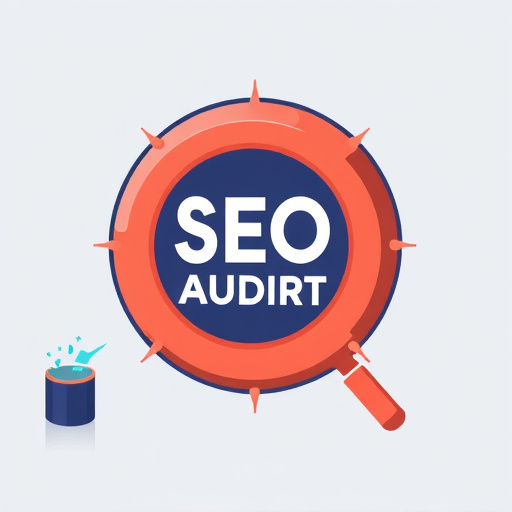Scalable web design is crucial for modern online success, ensuring websites adapt to all devices. It enhances SEO through consistent user experiences, fast loading times, and mobile responsiveness, favored by search engines like Google. Prioritizing scalability simplifies updates, maintains relevance, and keeps websites competitive in a dynamic digital landscape.
Scalable web design is a game-changer in the digital landscape, offering businesses an edge in search engine optimization (SEO) performance. This article delves into the fundamentals of creating flexible and adaptable websites that cater to various devices and screen sizes. We explore how responsive layouts improve user experience, a crucial factor for SEO success. Additionally, we uncover optimization strategies focused on speed and performance metrics, demonstrating why scalable design is an indispensable asset for boosting your online visibility and ranking faster.
- Understanding Scalable Web Design Basics
- Boosting SEO Through Responsive Layouts
- Fast Performance: Key Metrics & Optimization Strategies
Understanding Scalable Web Design Basics

Scalable web design is a strategy that ensures a website can adapt seamlessly to any device or screen size. This approach is fundamental in today’s digital landscape where users access internet content from smartphones, tablets, desktops, and other gadgets. A scalable design doesn’t just look good on various devices; it also enhances user experience by providing fast loading times and easy navigation. This is particularly crucial for search engine optimization (SEO) as Google and other major search engines prioritize websites that offer a consistent, high-quality experience across all platforms.
For instance, a well-designed scalable website will utilize responsive web design principles, ensuring content, images, and layouts adjust dynamically based on the user’s screen dimensions. This adaptability is not only aesthetically pleasing but also signals to search engines that your site is user-friendly and accessible, boosting its performance in organic searches. Moreover, focusing on scalability from the outset can simplify future updates and enhancements, including effective link building services, thereby keeping your website relevant and competitive in a dynamic online environment.
Boosting SEO Through Responsive Layouts

A scalable web design is a crucial element in boosting your site’s search engine optimization (SEO). Responsive layouts that adapt seamlessly to various devices and screen sizes are highly valued by search engines like Google, which prioritize user experience. When a website is optimized for different viewing environments, it signals to search algorithms that the content is accessible and valuable to a broad audience, leading to improved rankings.
This adaptability ensures that your site’s structure remains intact across all platforms, from desktops to mobile phones. As users increasingly access the internet via smartphones, having a responsive design is not just an option but a necessity. SEO audit services can help identify areas for improvement, and many in the Miami area or Dallas are offering cutting-edge solutions to enhance your website’s performance. By implementing these strategies, you can future-proof your online presence, ensuring that your site remains competitive in a dynamic digital landscape.
Fast Performance: Key Metrics & Optimization Strategies

A scalable web design is a cornerstone for achieving fast performance, which directly impacts search engine optimization (SEO) success. Key metrics to monitor include page load time and bounce rate; both are vital indicators of user experience. Optimizing these begins with reducing server response times by leveraging efficient coding practices, content delivery networks (CDNs), and minimizing HTTP requests. Additionally, ensuring mobile responsiveness through media queries and optimizing images for faster loading is crucial, as Google prioritizes mobile-friendly sites in its rankings.
Beyond technical optimizations, regular SEO audit services play a significant role. These audits identify bottlenecks and areas for improvement, such as slow-loading assets or poorly structured URLs. Incorporating local SEO Dallas strategies, like optimizing meta tags and headers, can also boost visibility for geographical queries. By continually refining these aspects through data-driven insights, websites can achieve not only swift performance but also enhanced search rankings.
Scalable web design is no longer a luxury, but an essential component for any business aiming to excel in SEO. By understanding and implementing responsive layouts, developers can significantly enhance search engine rankings through improved user experience and faster page load times. This article has highlighted the fundamental principles of scalable design, its direct impact on SEO, and provided actionable strategies to optimize performance. Embrace these techniques to stay ahead in the digital landscape where a scalable, fast-performing website is the cornerstone of online success.














